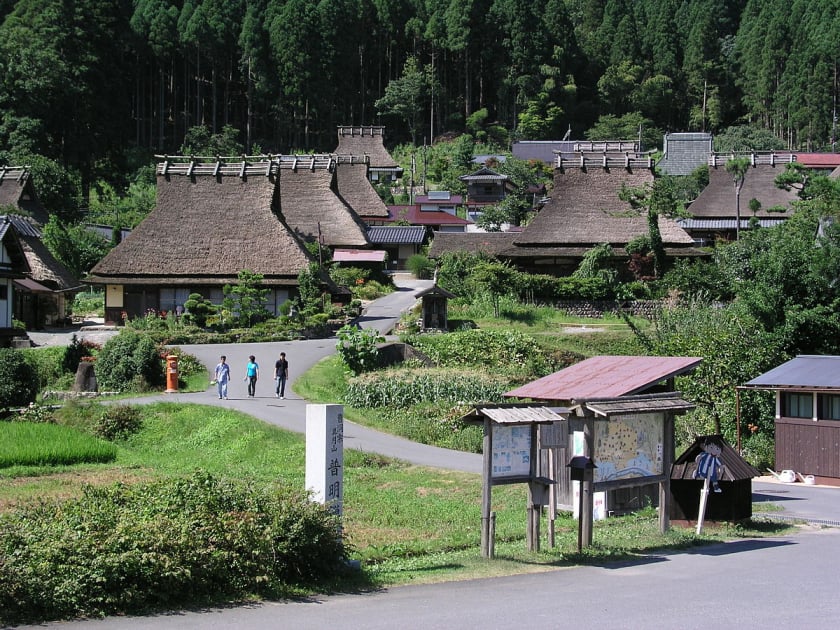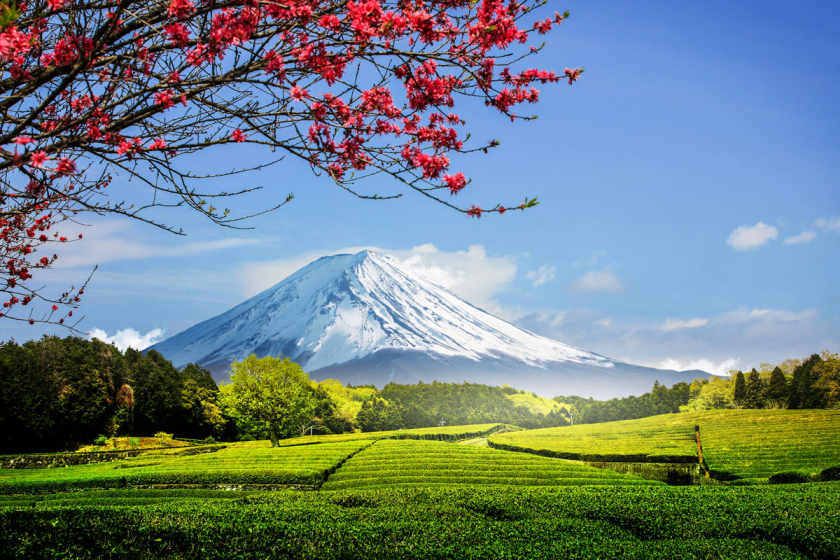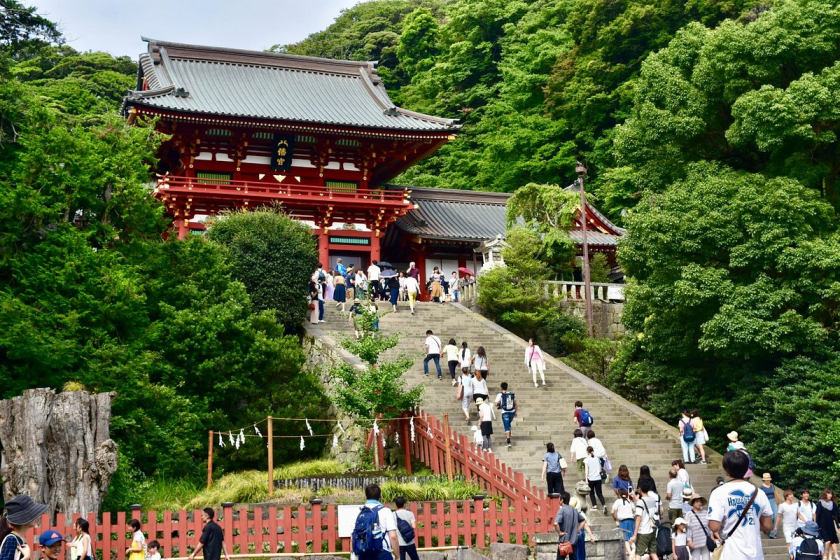Sustainable tourism is a type of tourism that takes advantage of local resources of nature, culture, tradition, and people to develop the economy associated with the goal of protecting the natural environment and traditional culture. Experts have assessed that sustainable tourism will be a prominent tourism trend in the future. Below are 5 sustainable tourism experiences in Japan.
Stay in the ancient village of Miyama (Kyoto)
Miyama is a small town about 2 hours by train and bus from Kyoto Station. It still retains the pristine Japanese landscape with ancient thatched roofs amidst rich nature. 96% of Miyama town is forested, so you will be able to breathe in the fresh air when you come here.

Miyama ancient village in the ancient capital of Kyoto.
To get away from the hustle and bustle of the city and feel the hospitality of the Miyama people, you can choose to stay overnight in the village in many forms such as: thatched roof houses, local houses, inns (ryokan)... Only those who have stayed here have the opportunity to admire the starry night sky, the beautiful scenery of the village in the early morning mist, as well as experience local cultural activities such as the parade to pray for a bountiful harvest, rice planting festival...
In 2021, the World Tourism Organization (UNWTO) voted Miyama village as one of the 44 "Most Outstanding Tourist Villages" globally for its efforts in developing ecotourism activities in parallel with preserving natural landscapes and traditional culture.
Drink green tea at Obuchi Sasaba farm (Shizuoka)
From Tokyo Station, it takes only about 1 hour by shinkansen to reach Shin-Fuji Station in Shizuoka Prefecture - a place with fertile lands and a history of tea growing for nearly 1,000 years. Obuchi Sasaba is a famous tea garden located at the southern foot of Mount Fuji in Fuji City, Shizuoka Prefecture. Surrounded by quiet forests, this place is one of the few places where visitors can enjoy the beautiful scenery of Mount Fuji and tea hills without being obstructed by modern buildings or electric wires.

Obuchi Sasaba Green Tea Farm.
The Obuchi Sasaba Tea Festival, held every May, attracts about 3,500 visitors. Female students from local middle and high schools dress up as tea pickers to kick off the festival. The tea leaves are transported to a nearby tea factory to be processed into green and black teas with distinctive aromas and flavors. A portion of the proceeds from the tea products are used for the conservation of the Obuchi Sasaba landscape. The local Tea Conservation Association also organizes tea leaf picking experiences for tourists to promote the taste of the famous tea and preserve the natural landscape of Obuchi Sasaba for future generations.
Visit the ancient Tsurugaoka Hachimangu Shrine (Kanagawa)
Tsurugaoka Hachimangu is a Shinto shrine with a history of over 800 years located in Kamakura City, Kanagawa Prefecture. During the Kamakura Shogunate, Tsurugaoka Hachimangu Shrine was the starting point of the rich history and culture of Kamakura, a spiritual sanctuary for the people, and the birthplace of the guardian deity of Kamakura and the samurai.

The Shinto shrine has a history of over 800 years.
From JR Kamakura Station or Enoden Enoshima Station, it only takes 10 minutes on foot to reach the shrine. The large shrine grounds include many areas such as: shrine, garden, museum exhibition area and resting place.... Tsurugaoka Hachimangu Shrine holds many traditional cultural ceremonies and festivals throughout the year. Visitors from all over the world come here not only to visit this sacred Shinto shrine but also to discover Japanese traditional culture with their own eyes.
Cycling on the Shimanami Kaido (Setouchi) Route
Shimanami Kaido in Setouchi is Japan's first cross-strait cycling road, a 70km long road connecting Onomichi City and Imabari City. There are 10 bicycle stations along the coastal road where visitors can rent and return bicycles.

Shimanami Kaido route.
Not just a route for cyclists, Shimanami Kaido in Setouchi is also a "cultural route" with many attractive places such as Oyamazumi Shrine, the oldest in Ehime, with a camphor tree over 2,600 years old, a museum about the pirate Murakami of the Warring States period, Imabari Castle - one of the three castles with the largest moat in Japan,...
Visit Shibori dyeing land (Nagoya)
Although located in the bustling city of Nagoya, Arimatsu still retains many traces of Edo period culture and history. The town has been designated as a Japan Heritage site, with traditional buildings featuring tiled roofs and mushikomado windows that help to define the townscape and tell the story of past prosperity.

Arimatsu Shibori Festival is held every June.
The Arimatsu - Narumi Shibori dyeing technique has been passed down from generation to generation as a traditional craft. Workers use various methods to press the fabric tightly, then dye it and remove the threads to complete the desired product. It can take up to 3-4 working days to make a complete roll of fabric.
The Arimatsu Shibori Festival is held every June and is a time when visitors can learn Arimatsu Shibori dyeing techniques, take handkerchief dyeing classes, visit historical sites, and enjoy Japanese cuisine in historic buildings.


































